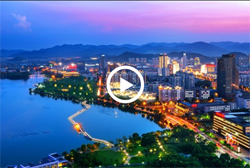Former residence of great philosopher opens to public
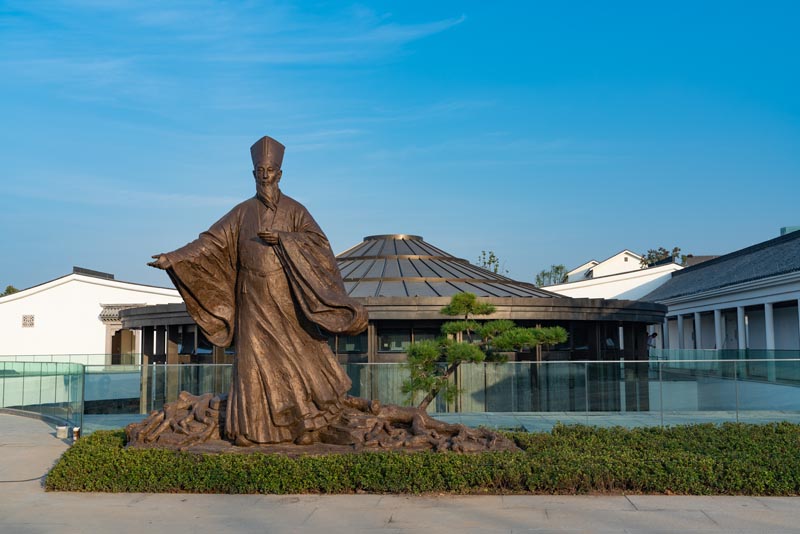
A statue of Wang Yangming. [Photo provided to ezhejiang.gov.cn]
The former residence of Wang Yangming reopened to the public in Yuecheng district, Shaoxing on Oct 31, which marked the 550th anniversary of the philosopher's birth.
Construction of the residence began at the Xixiaohe historic block at the end of 2019. With an investment of about 8 billion yuan ($1.1 billion), the project covers over 40 hectares and includes Wang's former residence, a memorial hall and a square.
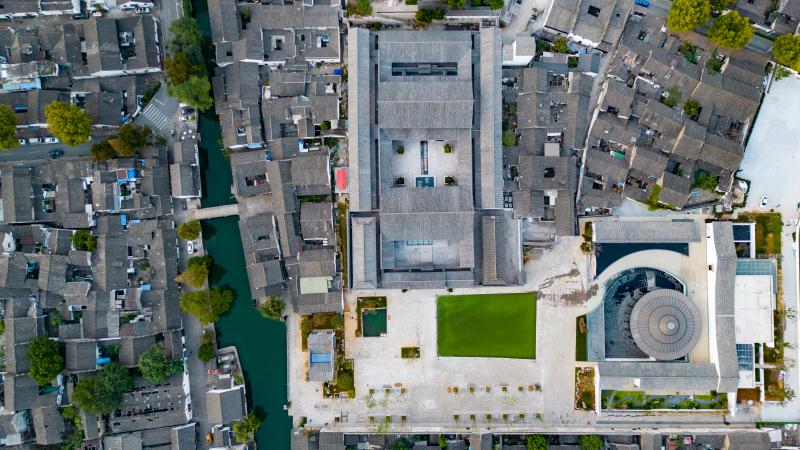
An aerial view of the former residence of Wang Yangming. [Photo provided to ezhejiang.gov.cn]
Shaoxing is the birthplace of philosopher Wang Yangming, who lived during the Ming Dynasty (1368-1644) and the place where his doctrines were first developed and became widely circulated.
One of Wang's principles, the doctrine of "the unity of knowing and acting", states that knowledge and action should be combined, and that one can only acquire knowledge through simultaneous action.
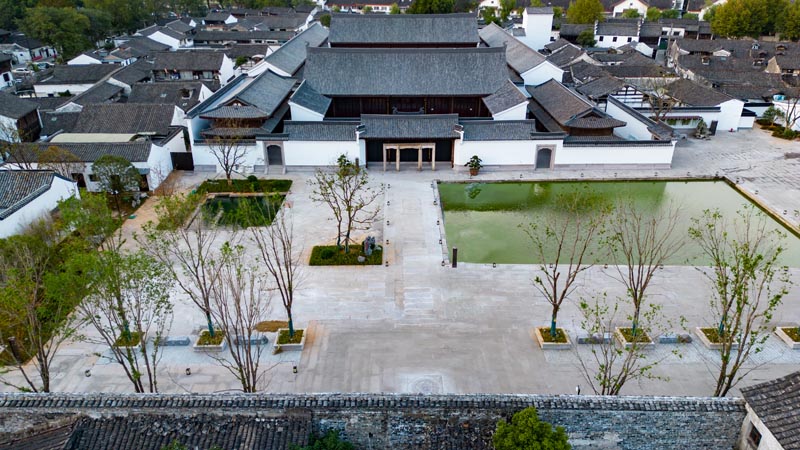
The former residence of Wang Yangming. [Photo provided to ezhejiang.gov.cn]
The "knowledge" he speaks of in this principle refers to the knowledge that comes from the heart rather than from external influences.
Wang also developed the notion of "idea knowing", which states that every person is capable of discerning right from wrong from birth. He claimed that such knowledge is intuitive and not rational.
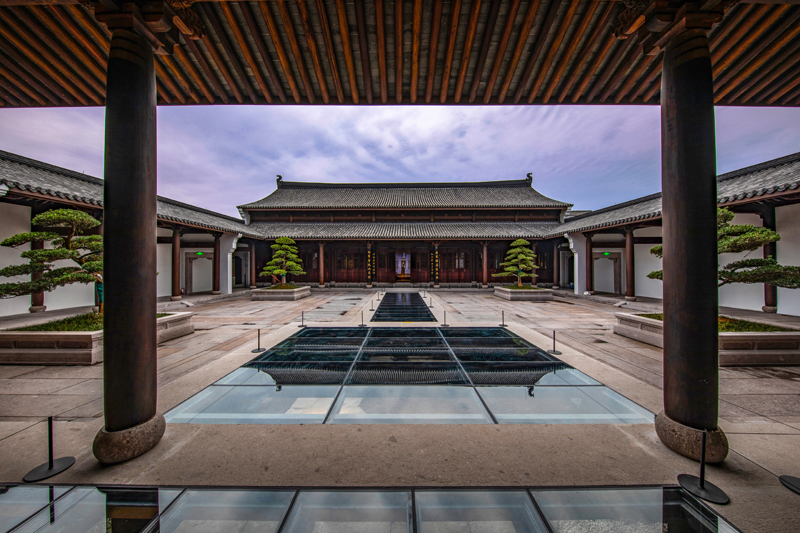
The former residence of Wang Yangming. [Photo provided to ezhejiang.gov.cn]
His theory of benevolence, derived from Confucianism, says that as component parts of the world, every person should maintain close relationships with other people and be aware of their actions.
Shaoxing has always attached great importance to the excavation and promotion of Yangming culture.
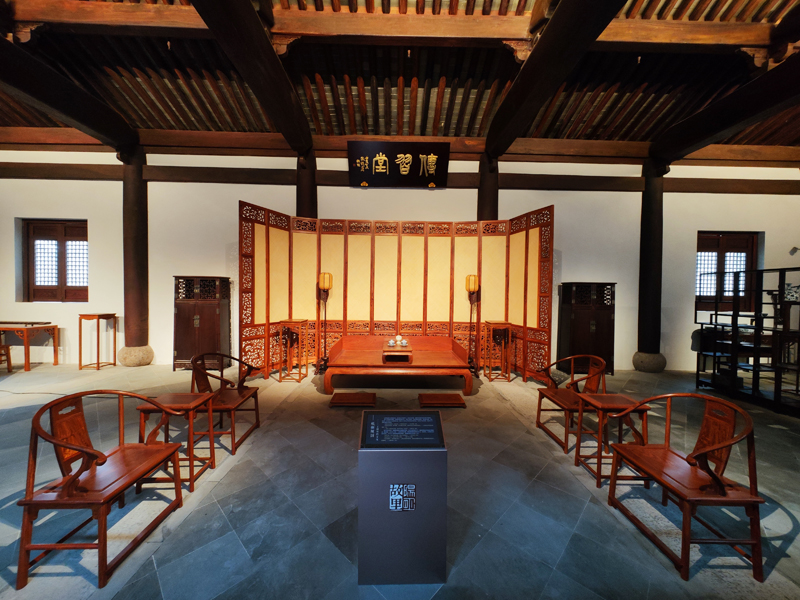
The former residence of Wang Yangming. [Photo provided to ezhejiang.gov.cn]
This year marks the 550th anniversary of Wang's birth. On July 25, the municipal publicity department of Shaoxing announced future celebration activities, including the production of themed short videos, academic conferences, forums and lectures, a cross-Straits exhibition of paintings and calligraphy, and a national college student recitation competition.


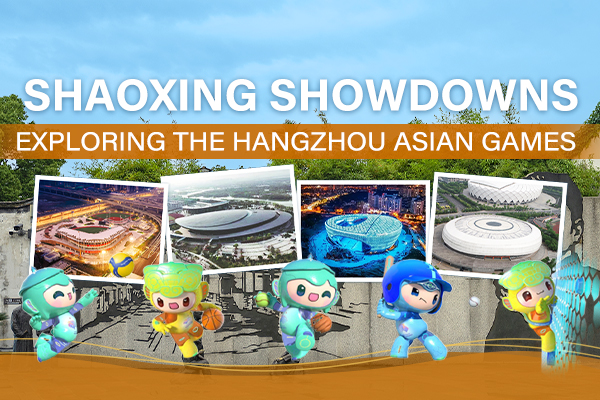 Shaoxing Showdowns
Shaoxing Showdowns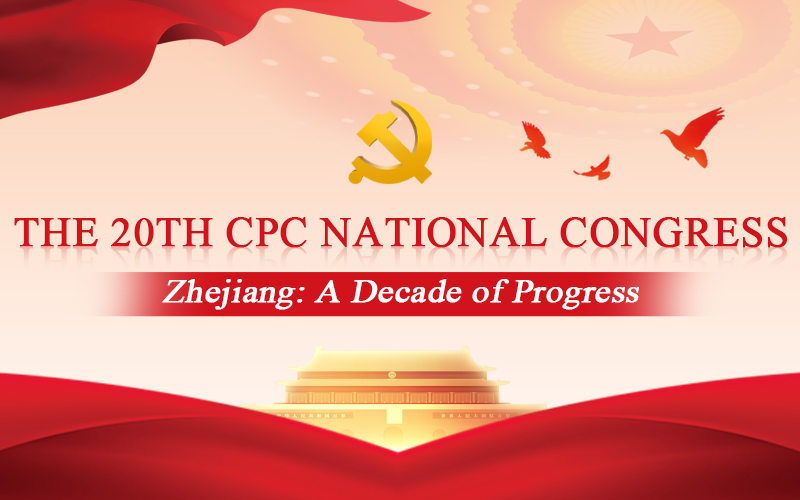 Zhejiang: A Decade of Progress
Zhejiang: A Decade of Progress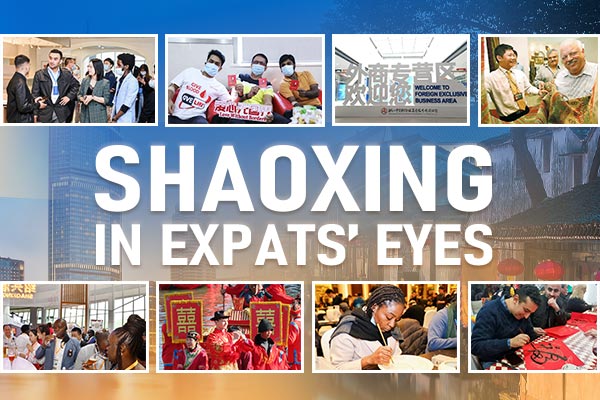 Shaoxing in expats' eyes
Shaoxing in expats' eyes